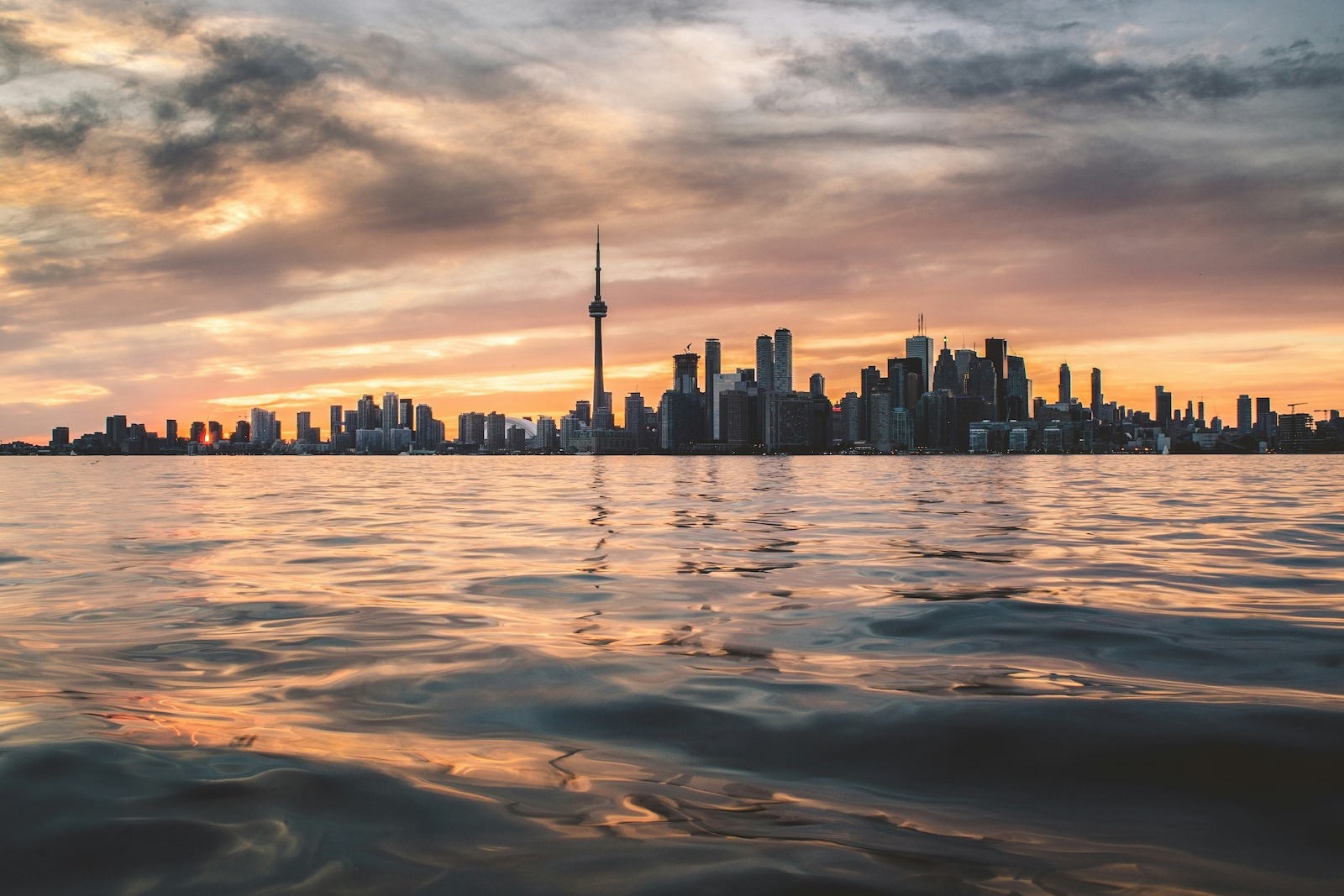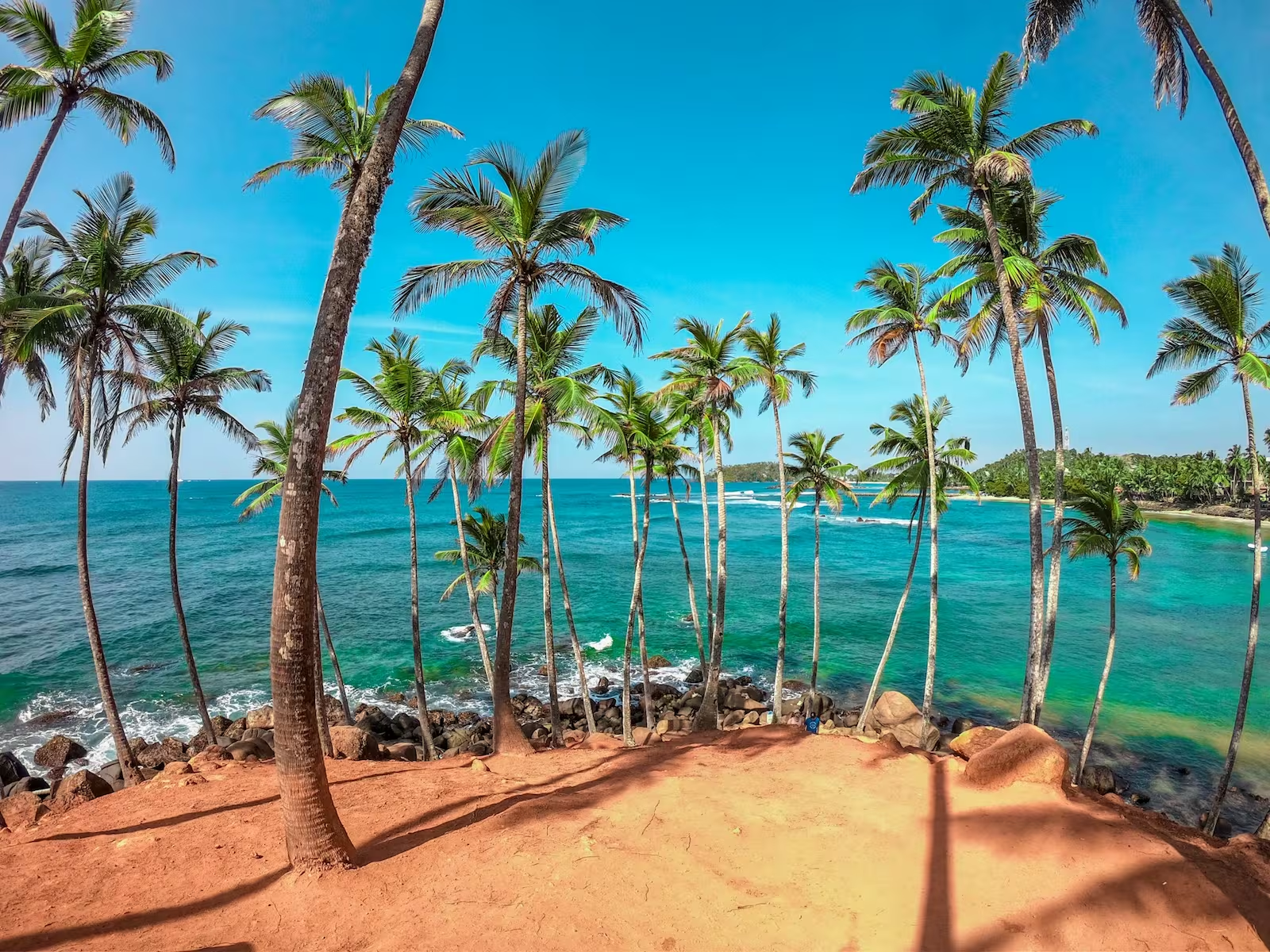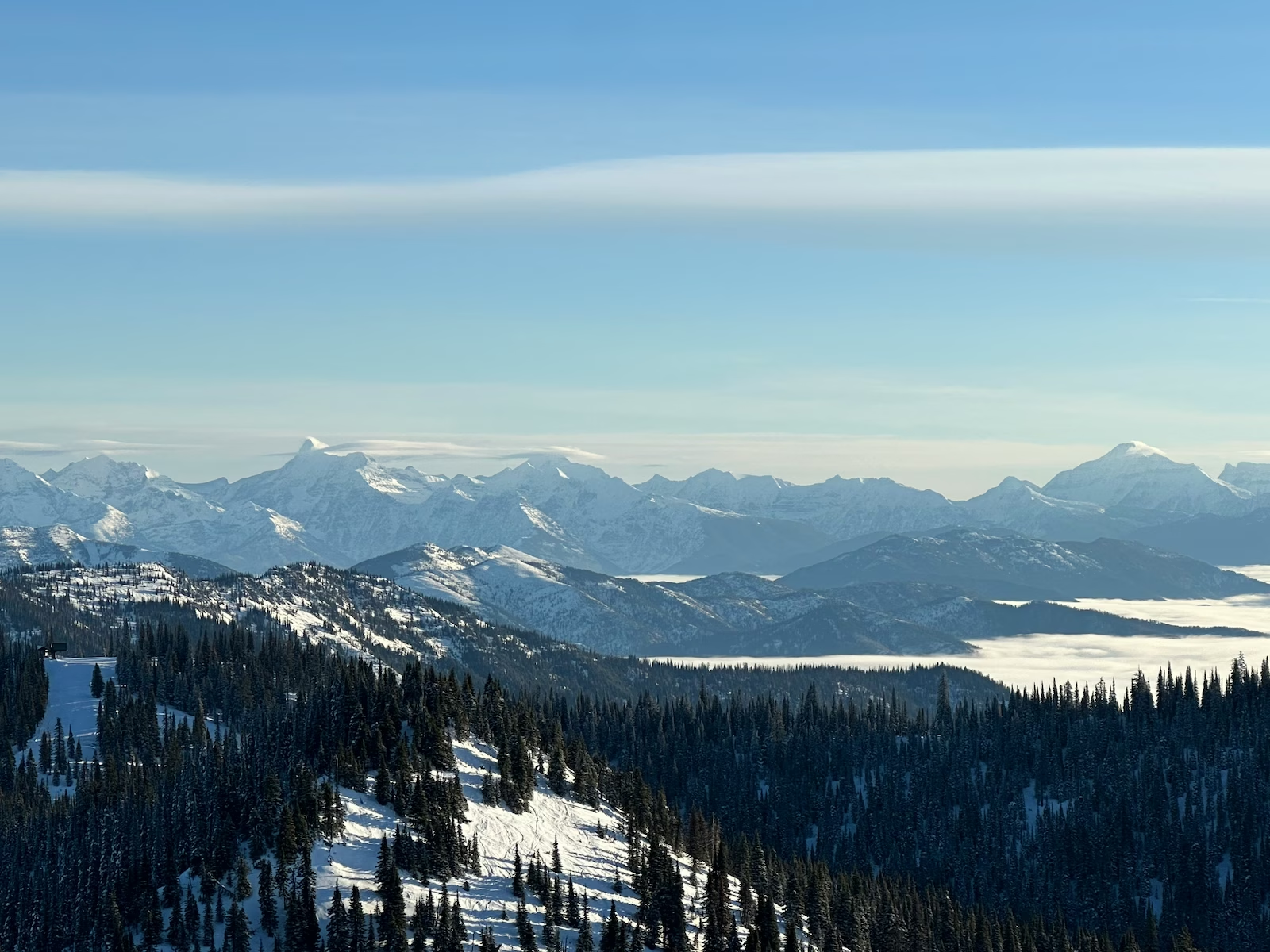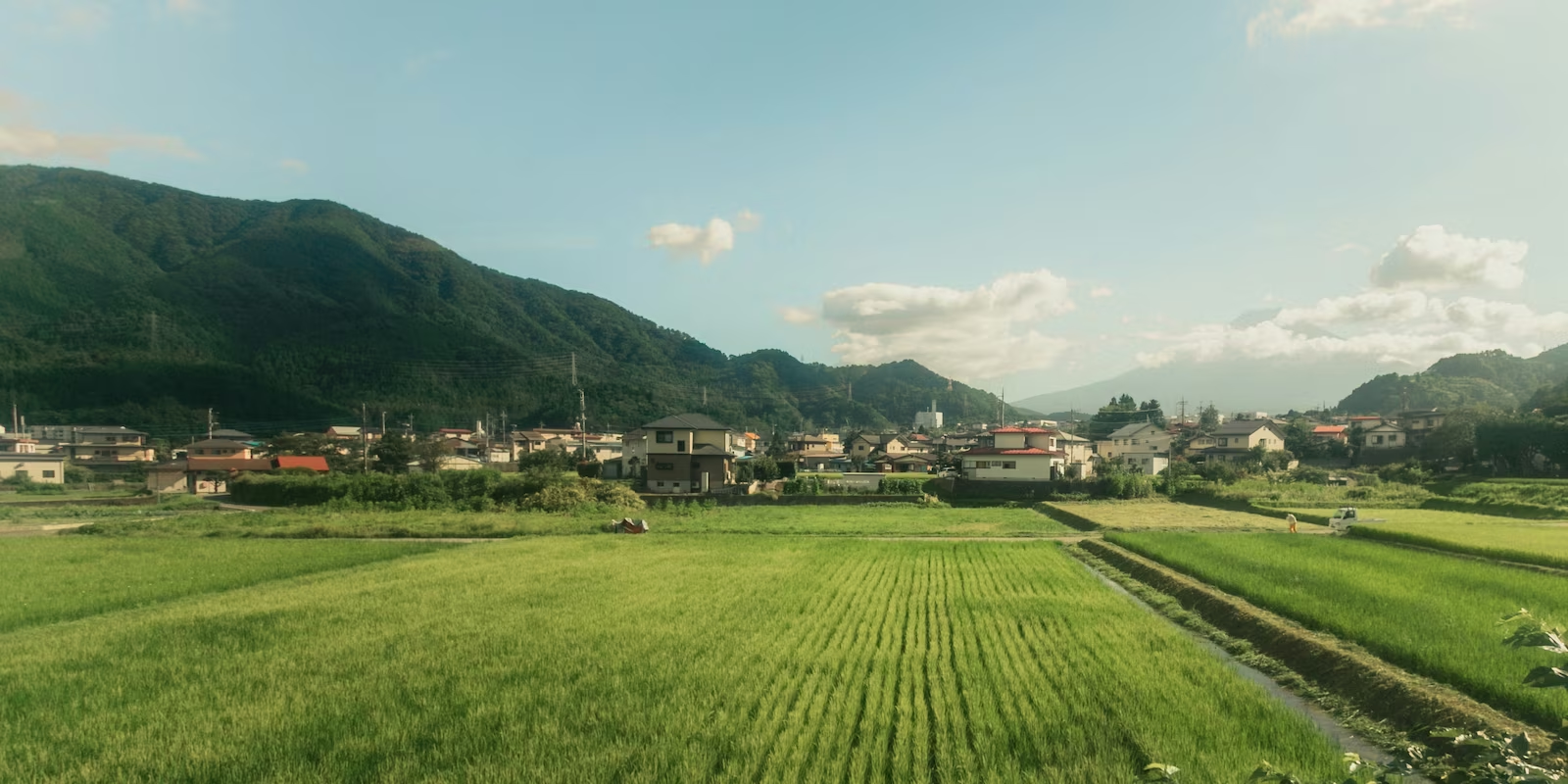If not for the high-rises on the horizon, the Baltic capitals could be mistaken for a Disney film. Medieval castles, UNESCO Old Towns and an architectural amalgam add to this, no doubt. Tallinn, Riga and Vilnius are all visually similar. Yet the longer you stay, the more you’ll notice their unique qualities. It’s a genuine surprise that Estonia, Latvia and Lithuania are not more popular points of interest — outside of Riga’s Happy Hours. But who can complain when everything is cheap by comparison?

Getting there and around 🚌
Estonia, Latvia and Lithuania each have an international airport based outside their capital cities. But if you are planning a longer trip around Europe, we recommend taking a ferry from (or to) Scandinavia. Not only are there daily ferries available that take you from Helsinki to Tallinn in just 2 hours, but you could also catch an overnight ferry from Stockholm to Tallinn. Since Riga and Vilnius are located further in-land, it makes the most sense to go through Tallinn first.
A high-speed railway between the three capitals is currently under development for 2030. Until then, the Baltics’ express bus services are the next best thing.
Lux Express is the way to go. Tickets cost around €23 per person to get from one country to the next. This journey roughly takes around 4 hours and usually leaves at night (around 10pm). Enjoy on-board amenities like individual Lux TVs and free Wi-Fi so that you and your phone can recharge before the next stop.
The Baltics is one of the most budget-friendly areas of Europe, but prices tend to rise on the weekends. Although this gives the capitals an extra buzz, you might want to plan your journey accordingly (i.e. sightseeing in the week, partying on the weekend). Generally speaking, Tallinn is the most expensive Baltic capital; whereas Vilnius is the least.

Get your camera out in Tallin 📸
Favoured by tourists the most, Tallinn is the Baltics’ golden child. Nothing can prepare for you the magnificent cityscape as seen from the Patkuli Viewing Platform, nor for the charming square itself. Despite a steady growth in popularity, there is still something quite secretive about this capital which makes aimless wandering delightful.
The Baltics’ ‘Hidden Gem’ is multifaceted and makes for more than just a good picture — though the camera adores Tallinn. KGB Prison Cells and Soviet remnants are just as essential to understanding this capital’s history as is all the Gothic architecture.
Sightseeing in Tallinn is quite affordable, but if you are planning on seeing as much as you can — we recommend getting a Tallinn Card. Starting at €34, this pass gives you free access to an extensive list of different landmarks, museums and more. Narrowing it all down can be hard, but art lovers will fall head over heels with the galleries and gardens of Kadriorg Palace.

Enjoy a leisurely weekend in Riga🥂
Picturesque Riga knows how to throw a party. From bars to nightclubs that stay open until the early morning, Riga is a Stag-Do go-to. Even when there’s no occasion to celebrate, you’ll always find the Old Town lively on weekends — typically with a crowd of 18 to 25 year old international visitors. Maybe it has something to do with the 45% Black Balsam (Latvia’s national drink)…
If late nights dancing is not your thing, you can still have an unforgettable weekend in Riga. Aside from exploring the unique attractions the city has to offer, Riga is an up-and-coming foodie destination. Latvian cuisine is typically hot, hearty and comforting — though not without unconventional dishes like a cold beetroot soup. And since Riga is quite near the Baltic Sea, you’lll find fish on almost every menu.
The best way to get a taste of Latvia’s palate has to be the Central Market. Almost 100 years old, this exciting bazaar is the largest market in Europe and is even an UNESCO World Heritage Site. All those stalls can feel a little overwhelming, but the cheese and rye bread are a must. There are also a few Uzbekistani bakeries dotted about — where a gigantic bread roll will transport you to Central Asia.

Finish on a high in Vilnius 🎈
As far as tourism campaigns go, Vilnius’ is up there. When the capital declared itself the ‘G-Spot of Europe’ (because “Nobody knows where it is but when you find it — it’s amazing”.), needless to say it drove visitor numbers up quite significantly.
There’s truth to the claim. If you find Tallinn a little too touristy, and Riga too rowdy, then Vilnius is just right. Even the Old Town itself is much bigger than the previous two, so you’ll never feel cramped even at Vilnius’ most famous landmarks.
Going on a free walking tour will give you greater insight into this varied capital. But an experience you won’t want to miss out on will take you to higher altitudes. As the only capital city in Europe that allows hot air balloons to fly directly over, many visitors jump at this opportunity. Admiring the cityscape from a good viewpoint is one thing, but riding in a hot air balloon takes panoramic sights to the next level. Find out more here.









.avif)








.jpg)